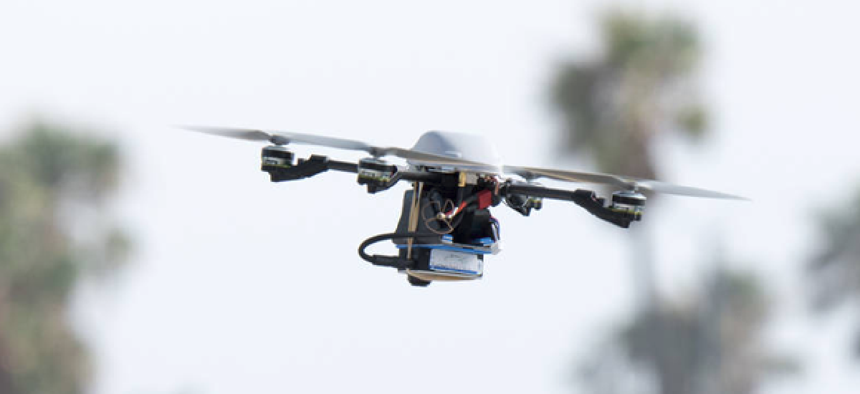FAA seeks best practices for drone-based infrastructure inspections

The Federal Aviation Administration is conducting a market survey to better understand how drones can be used to inspect infrastructure.
The Federal Aviation Administration wants gather best practices for using small unmanned aircraft systems (sUAS) for facility and infrastructure maintenance and restoration.
In places where it is dangerous, expensive or physically demanding for an engineer to evaluate structural integrity of a bridge or tower, public- and private-sector organizations often use drones for preventative maintenance inspections. States have been using sUAS to conduct bridge inspections since 2016, for example.
In a July 7 request for information, the FAA said it is considering the use of sUAS for inspection of its own infrastructure, which includes buildings, radars, communication towers and other equipment. To better understand how it might use drones for these inspections, it is surveying sUAS manufacturers and industry users for information on the ideal weight, battery life and controls and if specific models meet those missions. Likewise, it seeks recommendations on which technologies are best for what kind of inspections, such as in whether LIDAR would be better for a particular task than a conventional camera.
The FAA also calls for details on the minimum acceptable performance parameters for sensors and cameras and best practices on flight patterns, the speed at which the inspection can be conducted, and drones’ ideal distance from the structure. Because the sUAS cameras would need to detect anomalies and defects in the physical infrastructure, knowing and understanding the current capabilities of drone sensor technologies would determine which anomalies drones could and could not detect and plan accordingly, the FAA said.
Distinguishing which tasks can be performed via an automated flight versus a manual one are important too as the FAA would like to know what factors justify a manually piloted flight.
When it comes to the data the drones collect, the FAA wants to understand what type of data is collected and archived during the flight, whether it can be analyzed in real time as opposed to after the inspection and the specifics of encryption. The agency is also interested in how best to facilitate comparisons to historical inspection data to help engineers identify recurring structural issues.
Because security procedures during the collection and download phases are critical, the FAA wants to know which third-parties would have access to that information for the purposes of data analytics or machine learning.
Responses to the survey are due Aug. 5. Read the full RFI here.
NEXT STORY: Can IoT sensors spot wildfires sooner?





